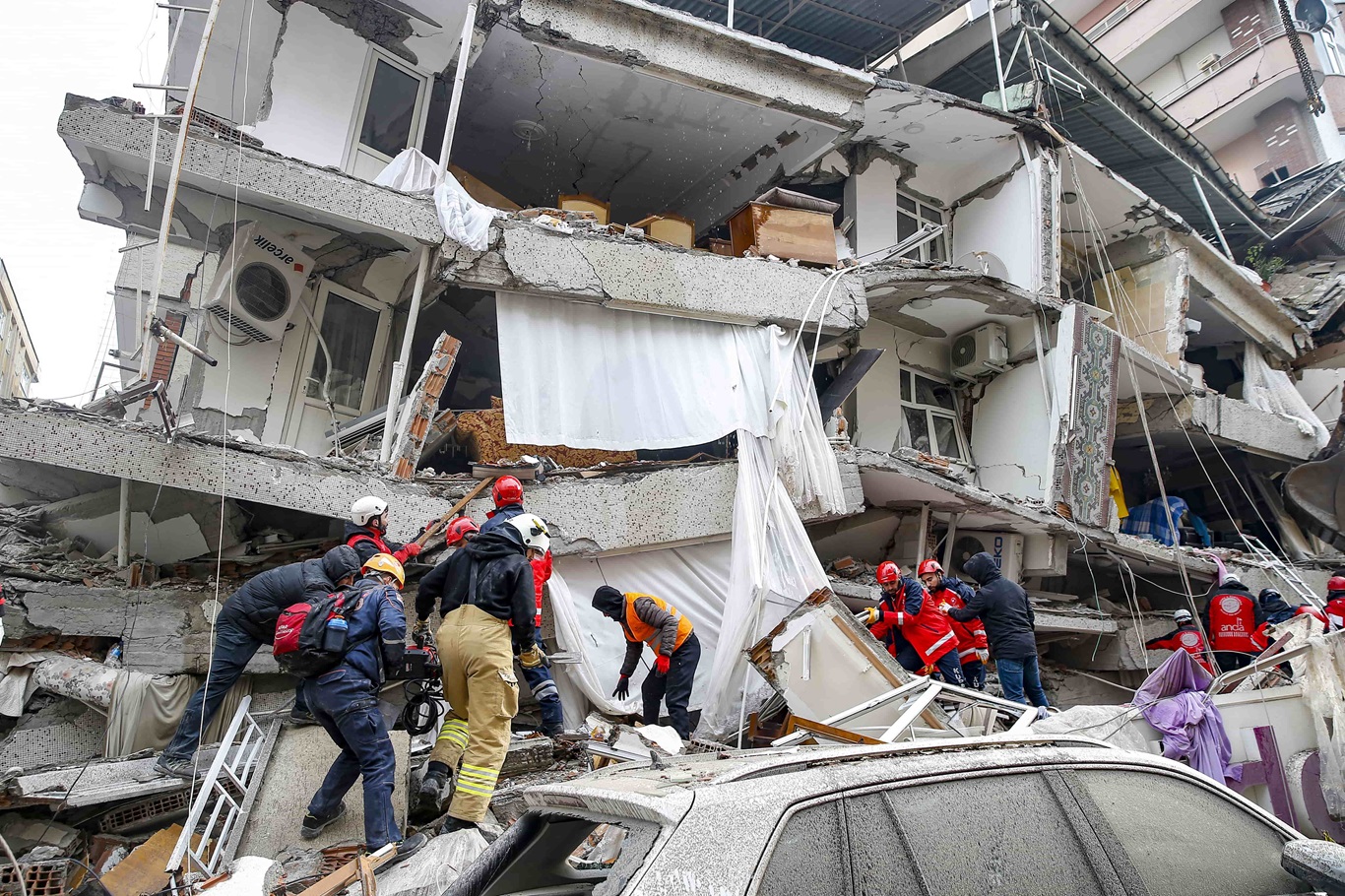
We the Dhaka city dwellers are living in a very much earthquake
vulnerable state considering different circumstances. Bangladesh occupies a
unique geological position, situated at the convergence of three significant
tectonic plates: the Indian plate, the Eurasian plate, and the Burma plate.
Presently, the Indian plate is advancing northeastward at a rate of approximately
6 centimeters per year, while the Eurasian plate is shifting northward atop the
Indian plate at a pace of 2 centimeters per year. Within and surrounding
Bangladesh, there are five prominent fault zones: the Bogura fault zone,
Tripura fault zone, Shilong Plateau, Dauki fault zone, and Assam fault zone.
Consequently, Bangladesh encompasses 13 earthquake-prone regions, with areas
such as Chattogram, Chattogram Hill Tracts, and Jaintiapur in Sylhet standing
out as particularly high-risk zones.
Bangladesh experienced a major earthquake on December 2nd,
2023, measuring approximately 5.8 in magnitude, adding to a series of recent
seismic events that have shaken the region. The recent surge in earthquakes is
undoubtedly causing concern for everyone.
Though Dhaka is not in the high-risk zone, the very much
concern matter is the unplanned growth of this mega city. To face any disaster,
we need to type of preparation i.e., before the disaster and after the
disaster. We can have a look on some expert’s suggestion as following:
Mitigation: Implementing measures to reduce the
impact of disasters i.e., Building codes and zoning, vulnerability analyses,
public education.
Preparedness: Planning and preparing for effective
response i.e., Preparedness plans, emergency exercises/training, warning
systems.
Response: Immediate actions to address
disaster-related hazards i.e., Search and rescue, emergency relief.
Recovery: Restoring the community to its pre-disaster
state i.e., Temporary housing, grants, medical care.
The present moment urgently demands proactive steps to
prepare and protect us against the potential dangers brought about by
earthquakes. As seismic activities continue to pose a significant threat, it is
important that we take comprehensive measures to safeguard lives,
infrastructure, and communities from the devastating impacts of earthquakes.
This involves thorough planning, education, and the implementation of robust
strategies to enhance resilience and response capabilities, ensuring that we
are well-equipped to tackle and mitigate the hazardous aftereffect of seismic
events.
Share this page via

